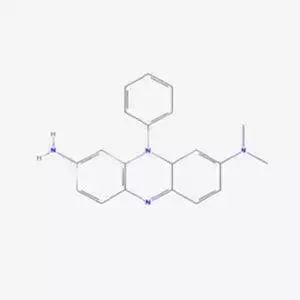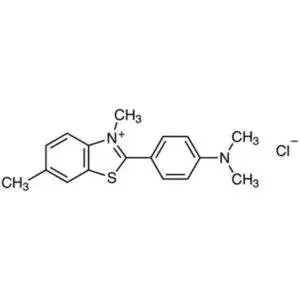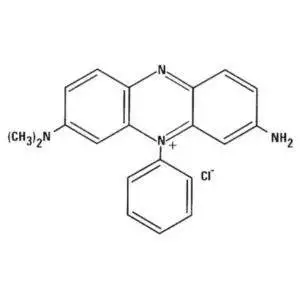Thioflavin-T
CAS Number: 2390-54-7
Molecular Weight: 318.86
MDL number: MFCD00011944
EC Index Number: 219-228-9
General description
Thioflavin-T is a benzothiazole dye that increases in fluorescence upon binding to amyloid.[1][2] Thioflavin T has been used in histology and for protein characterization.[3]
Application
Thioflavin-T has been used to identify the presence of amyloid fibrils in samples.[4]
Royal Industries’ Acid Fuchsin for Sharp, Clear, and Reliable Staining in Every Sample.
| Quality Level | 200 |
| form | powder |
| composition | Dye content, ≥65% |
| solubility | methanol: 1 mg/mL |
| application(s) | diagnostic assay manufacturing
hematology histology |
| storage temp. | room temp |
| SMILES string | [Cl-].CN(C)c1ccc(cc1)-c2sc3cc(C)ccc3[n+]2C |
| InChI | 1S/C17H19N2S.ClH/c1-12-5-10-15-16(11-12)20-17(19(15)4)13-6-8-14(9-7-13)18(2)3;/h5-11H,1-4H3;1H/q+1;/p-1 |
| InChI key | JADVWWSKYZXRGX-UHFFFAOYSA-M |




